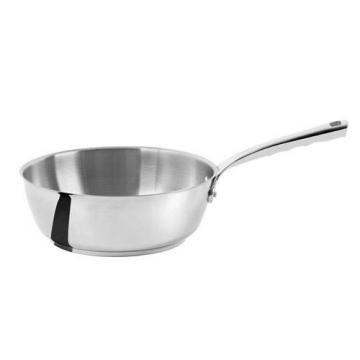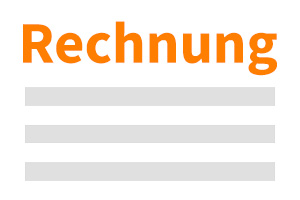
The Sauté Pan
Do sauté pans count as pots or pans? You will receive different answers to this question. At Butch, we classify sauté pans more as pans. For us, they are nothing more than pans with high sides, with which you can do all sorts of things!
Conical or Straight Shape
Sauté pans come in conical and straight shapes. The straight shape has right-angled side walls that run straight up. Additionally, the frying surface is larger. The conical shape, on the other hand, has slightly bulging or slanted upward side walls. As a result, the frying surface is smaller in relation to the upper diameter.
Sautéing and Braising
The first step in any sauté pan is searing or sweating. Then the main ingredient is added. In the conical shape, cooking is done by tossing, which is why the conical sauté pan is often called a tossing pan. It is also slightly higher. In the straight shape, however, liquid is added and the dish is cooked with occasional stirring. Many of you recognize this cooking method. Exactly, it is braising. Therefore, straight sauté pans are also flatter compared to the conical ones.
What can you do with it?
As already mentioned, a whole lot! That's why sauté pans are the secret stars on the stove for us. Whether you want to make sliced meat, a pasta, rice, or vegetable pan, the sauté pan is right there with you. Risotto, sauces, and much more are also no problem at all. In the non-stick coated variants, you hardly need any oil and can use them like a wok.
Different Materials and Sizes
Sauté pans are available in a wide variety of materials: copper, stainless steel, cast iron, iron (the farmer's pots), enamel, and aluminum with non-stick coating. There are also many different sizes to choose from. And you have the choice between stick and handle grips. That's why you can also find low roasting pots among the sauté pans with us. If you like to swing and toss your dishes, we recommend stick grips.
As always, if you have any questions, we are happy to help. Either via the contact form or by phone at 0211 4473390.



















